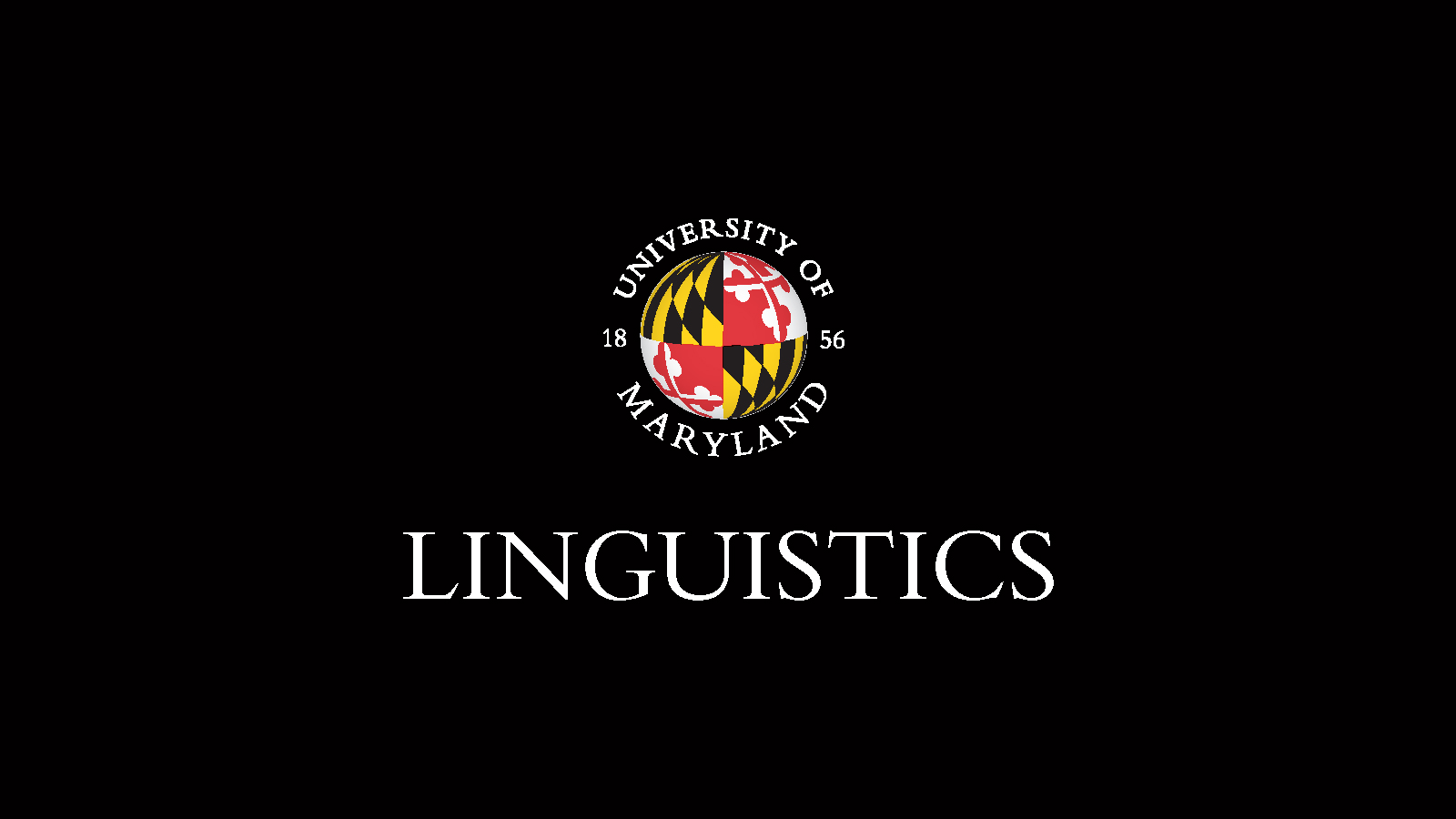Bill and UMD on animal communication
November 21, 2019
Linguistics

What can animal communication teach us about human language?, asks a special issue of Philosophical Transactions of the Royal Society, B edited by
Bill Idsardi with Jonathan B. Fritz from NYU and
Gerald S. Wilkinson from UMD Biology, with an
introductory essay by the editors plus NACS student
Adam Fishbein. The issue, highlighted in
Maryland Today, contains 14 further papers on the topic, including work by several members of Maryland's
Brain and Behavior Initiative, and two to which Bill contributed.
In one, Bill joins a group led by Adam Fishbein, plus Dean of BSOS
Greg Ball, and birdsong expert
Bob Dooling, to ask "How much do birds really care?" about
Sound sequences in birdsong. The paper compares zebra finches to budgies: "Psychoacoustic evidence shows that adult zebra finches are relatively insensitive to the sequential features of song syllables [but] seem to be exquisitely sensitive to the acoustic details of individual syllables to a degree that is beyond human hearing capacity, [while budgies] hear sequential features better." It then lays out a finite state model of the finch's sequential percepts.
In the other paper, Bill goes solo to offer
Some cautions regarding the phonological continuity hypothesis from
Fitch 2018, according to which "there may be continuity between animal rule learning and human phonology, and that the circuits underlying this provided the precursors of our unusual syntactic abilities." Bill notes in response that this hypothesis will be more difficult to test than one might think at first, due to several "formal differences between sound patterns and sentence patterns," which Bill describes in terms of automata theory.



